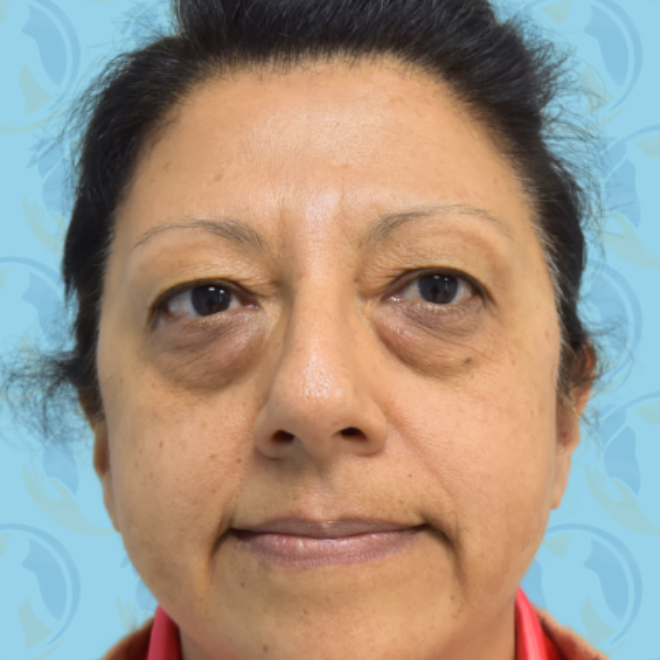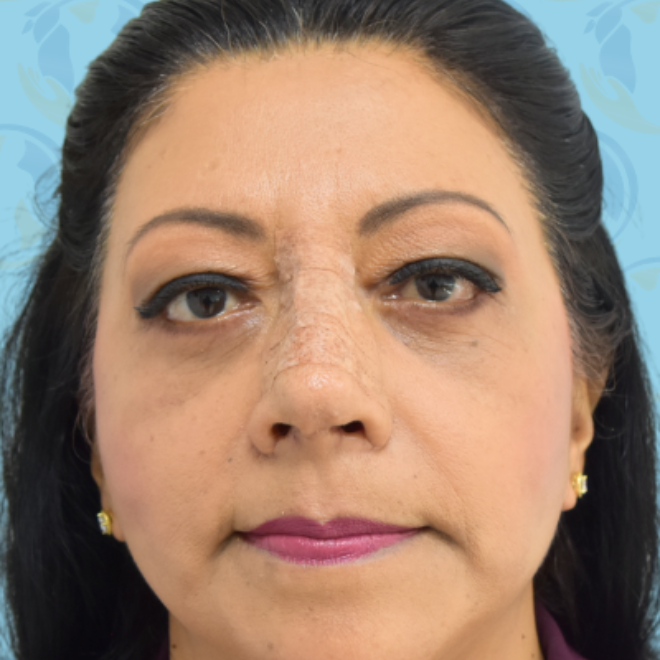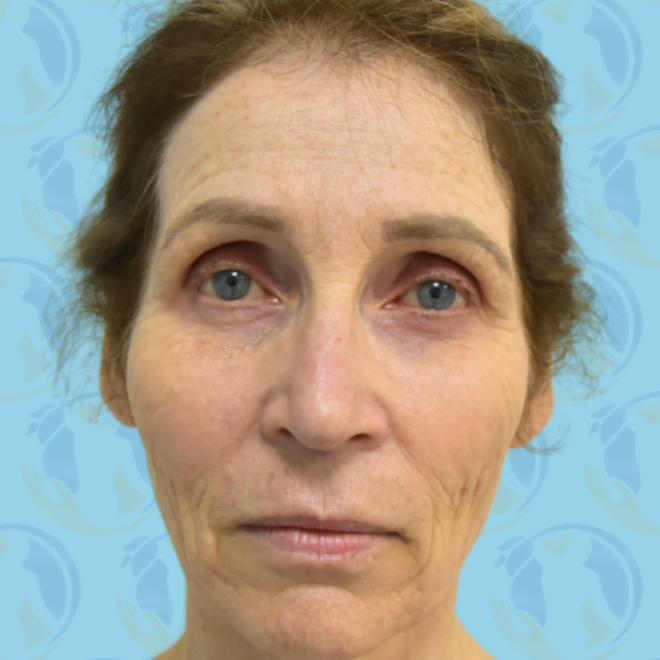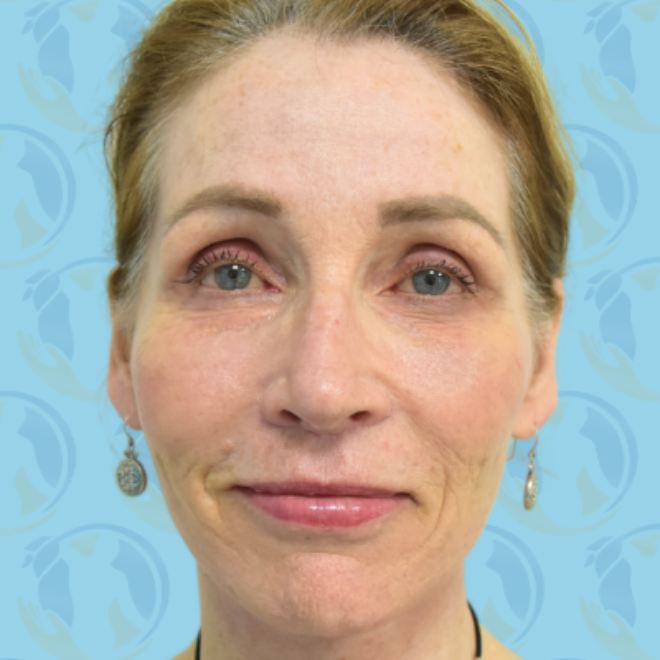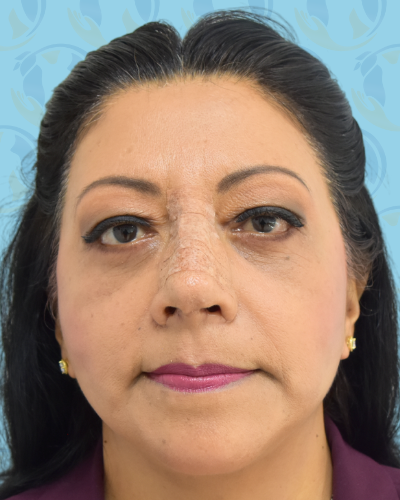Facelift
Conveniently located to serve the areas of Tijuana, Mexico

A facelift , also known as a rhytidectomy, can improve the most visible signs of aging by the removal of excess fat, the tightening of underlying muscles, and the redraping of the skin of your face and neck. If you are a man considering a facelift, this section will give you a basic understanding of the procedure.
Contents
Before and After Photos
Considerations
As men age, the effects of gravity, exposure to the sun, and the stresses of daily life can be seen in their faces. Deep creases form between the nose and mouth; the jaw line grows slack and jowly; folds and fat deposits appear around the neck.
A facelift (technically known as rhytidectomy) can’t stop this aging process. What it can do is “set back the clock,” improving the most visible signs of aging by removing excess fat, tightening underlying muscles, and re-draping the skin of your face and neck. A facelift can be done alone or in conjunction with other procedures such as a forehead lift, eyelid surgery, or nose reshaping.
If you’re considering a facelift, this information will give you a basic understanding of the procedure when it can help, how it’s performed, and what results you can expect. It can’t answer all of your questions, since a lot depends on the individual patient and the surgeon. Please ask your surgeon about anything you don’t understand.
Ideal Candidate
The best candidate for a facelift is a man or woman whose face and neck have begun to sag, but whose skin still has some elasticity and whose bone structure is strong and well-defined. Most patients are in their forties to sixties, but facelifts can be done successfully on people in their seventies or eighties as well.
A facelift can make you look younger and fresher, and it may enhance your self-confidence in the process. But it can’t give you a different look, nor can it restore the health and vitality of your youth. Before you decide to have surgery, think carefully about your expectations and discuss them with your surgeon.
Risks
When a facelift is performed by a qualified plastic surgeon, complications are infrequent and usually minor. Still, individuals vary greatly in their anatomy, their physical reactions, and their healing abilities, and the outcome is never completely predictable. Complications that can occur include hematoma (a collection of blood under the skin that must be removed by the surgeon), injury to the nerves that control facial muscles (usually temporary), infection, and reactions to the anesthesia. Poor healing of the skin is most likely to affect smokers. You can reduce your risks by closely following your surgeon’s advice both before and after surgery.
Surgery Preparation
Facelift are very individualized procedures. In your initial consultation, the surgeon will evaluate your face, including the skin and underlying bone, and discuss your goals for the surgery.
Your surgeon should check for medical conditions that could cause problems during or after surgery, such as uncontrolled high blood pressure, blood clotting problems, or the tendency to form excessive scars. Be sure to tell your surgeon if you smoke or are taking any drugs or medications, especially aspirin or other drugs that affect clotting.
If you decide to have a facelift, your surgeon will explain the techniques and anesthesia he or she will use, the type of facility where the surgery will be performed, and the risks and costs involved. Don’t hesitate to ask your doctor any questions you may have, especially those regarding your expectations and concerns about the results.
Where your facelift surgery will be performed
Your surgery may be performed in a surgeon’s office-based facility, an outpatient surgery center, or a hospital. It’s usually done on an outpatient basis, for cost containment and convenience. Extensive procedures may require a hospital stay of two or three days.
Types of anesthesia for facelift surgery
Facelift can be performed under local anesthesia, which numbs the area, combined with a sedative to make you drowsy. You’ll be awake but relaxed and will feel minimal discomfort.
After your surgery
Don’t expect to look or feel great right after surgery. You’ll feel swollen and bruised, and you may feel a burning sensation. The pain can be controlled with medications prescribed by your surgeon, though you may still feel stiff and sore for a few days. You may temporarily lose all feeling in the area; don’t worry — it will return.
It’s not unusual to feel depressed in the days or weeks following surgery. Try to keep in mind that this is normal and will subside as you begin to look and feel better.
Getting back to normal after facelift surgery
Healing is a gradual process. Avoid more strenuous activity for two to four weeks. Any stitches will be removed in five to ten days or dissolved, and you should be back at work in 2 – to 3 days, or as much as two weeks after your surgery. When you resume activity depends on the extent of your procedure, how you feel, and what your doctor recommends.
If you have any unusual symptoms between visits — for example, heavy bleeding or a sudden increase in pain — or any questions about what you can and can’t do, don’t hesitate to call your doctor.
Your new look after facelift surgery
Facelift surgery is a highly effective technique for giving you a new image with very little scarring. The results can be permanent, provided you eat sensibly and exercise regularly.
Most patients are very satisfied with the results of their facelift — they feel more comfortable and secure. As long as your expectations are realistic, you should be happy with your new image.






